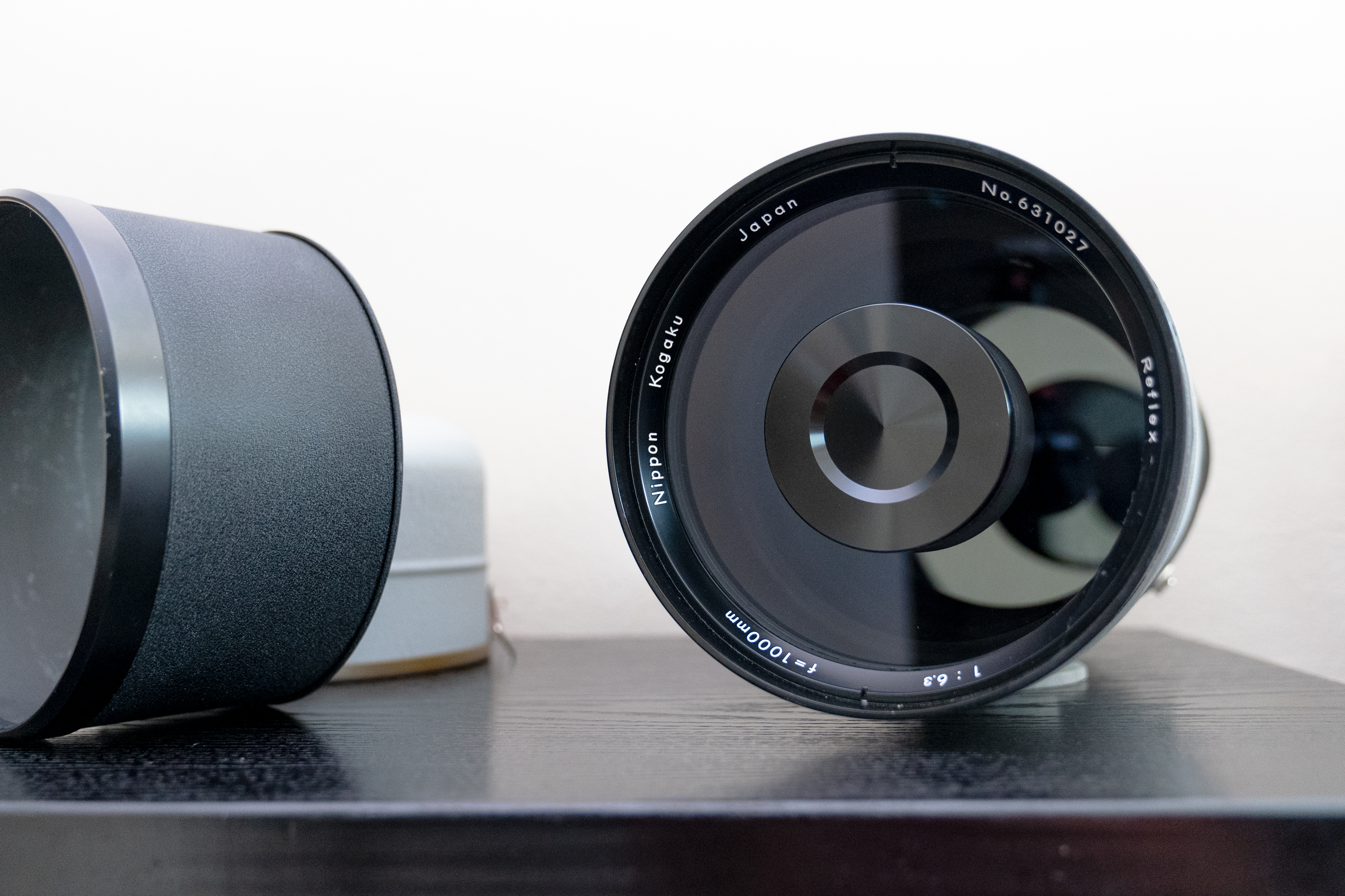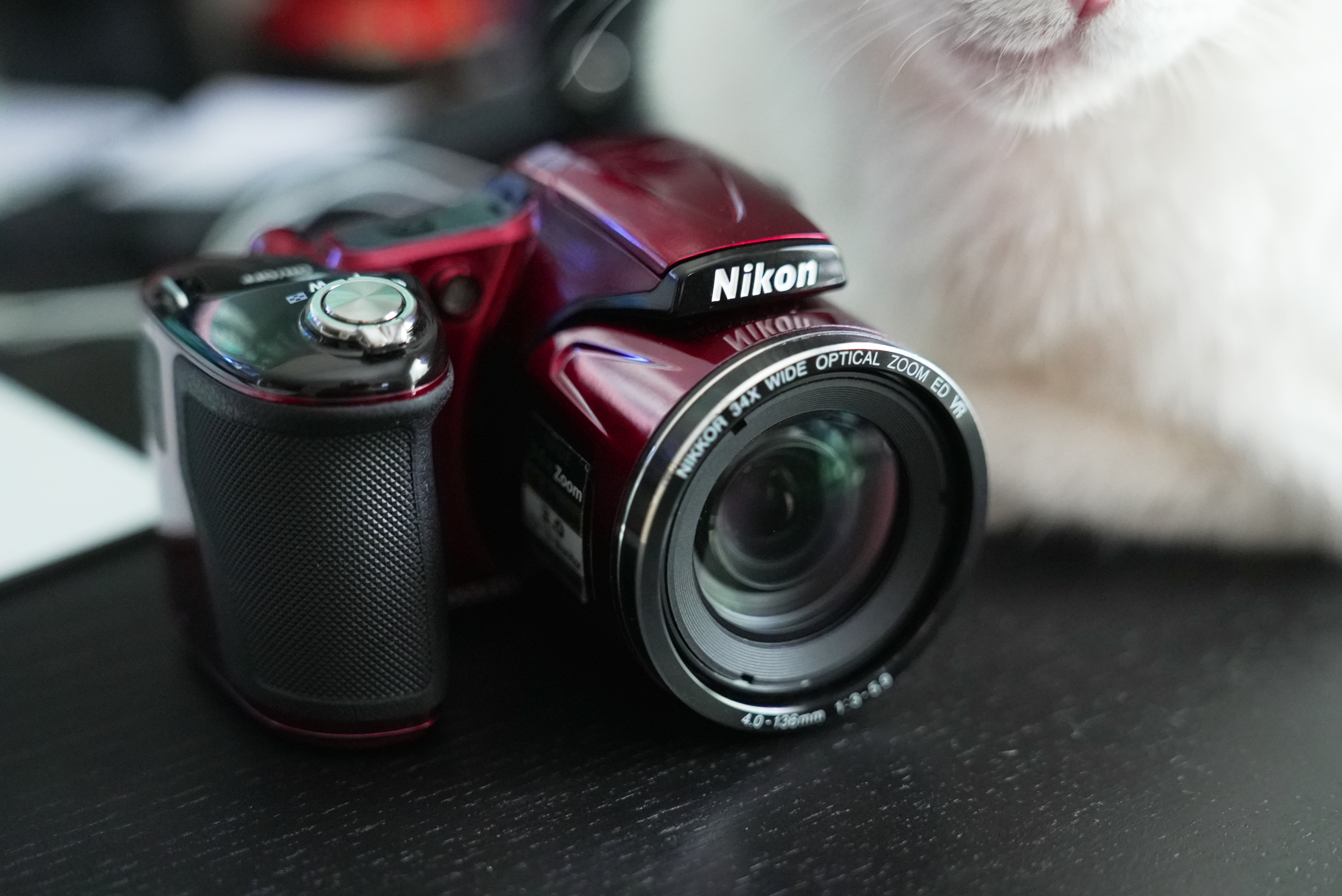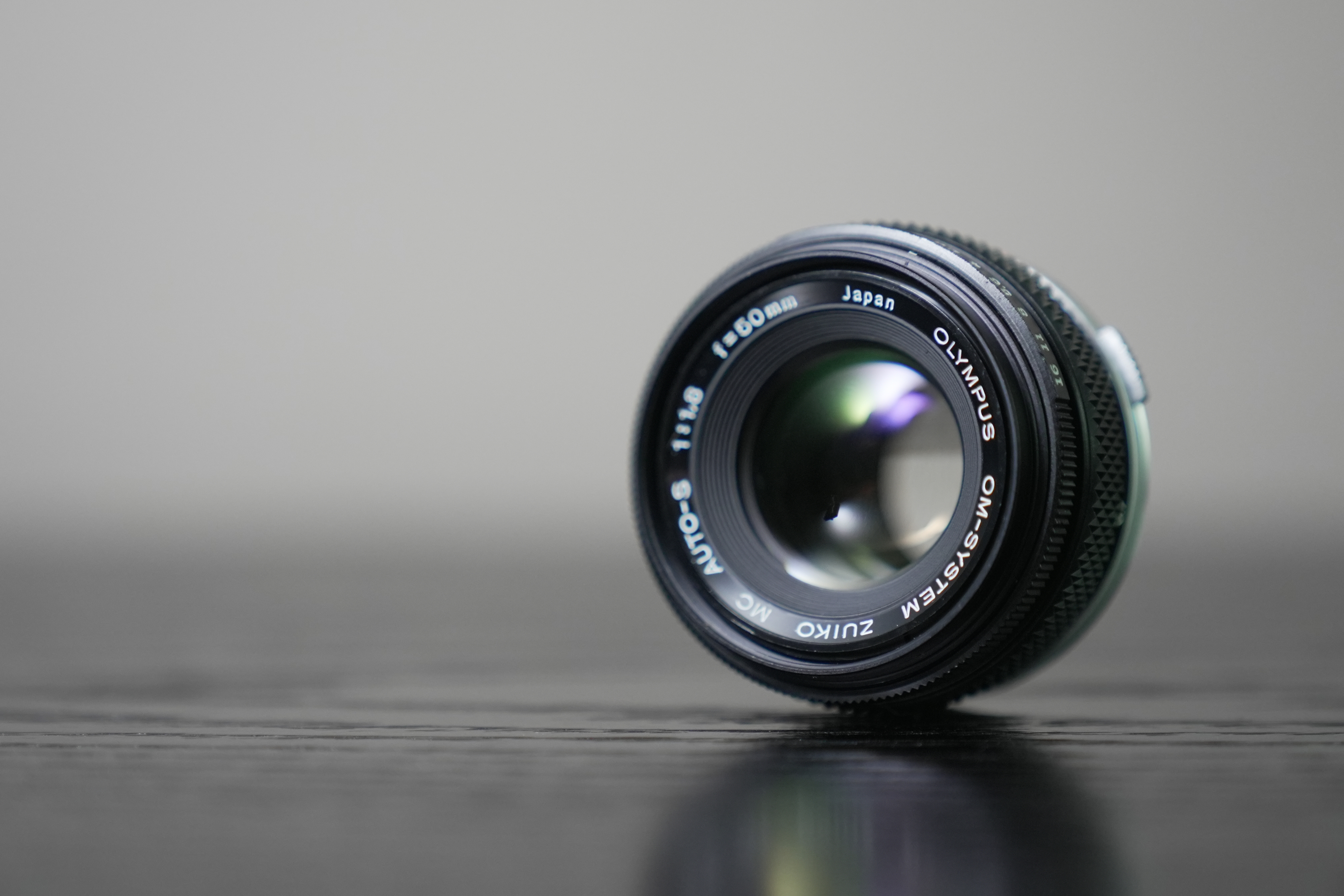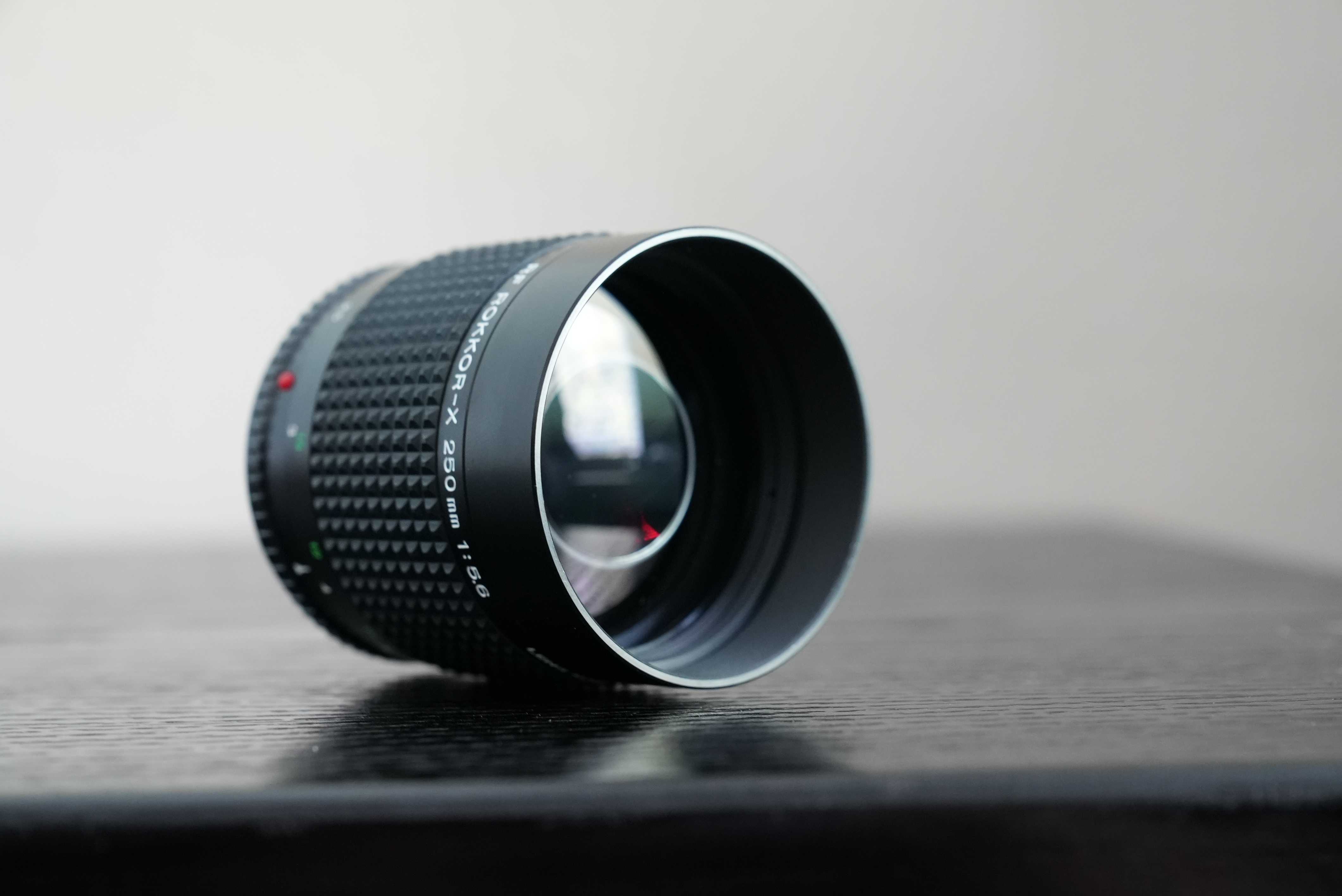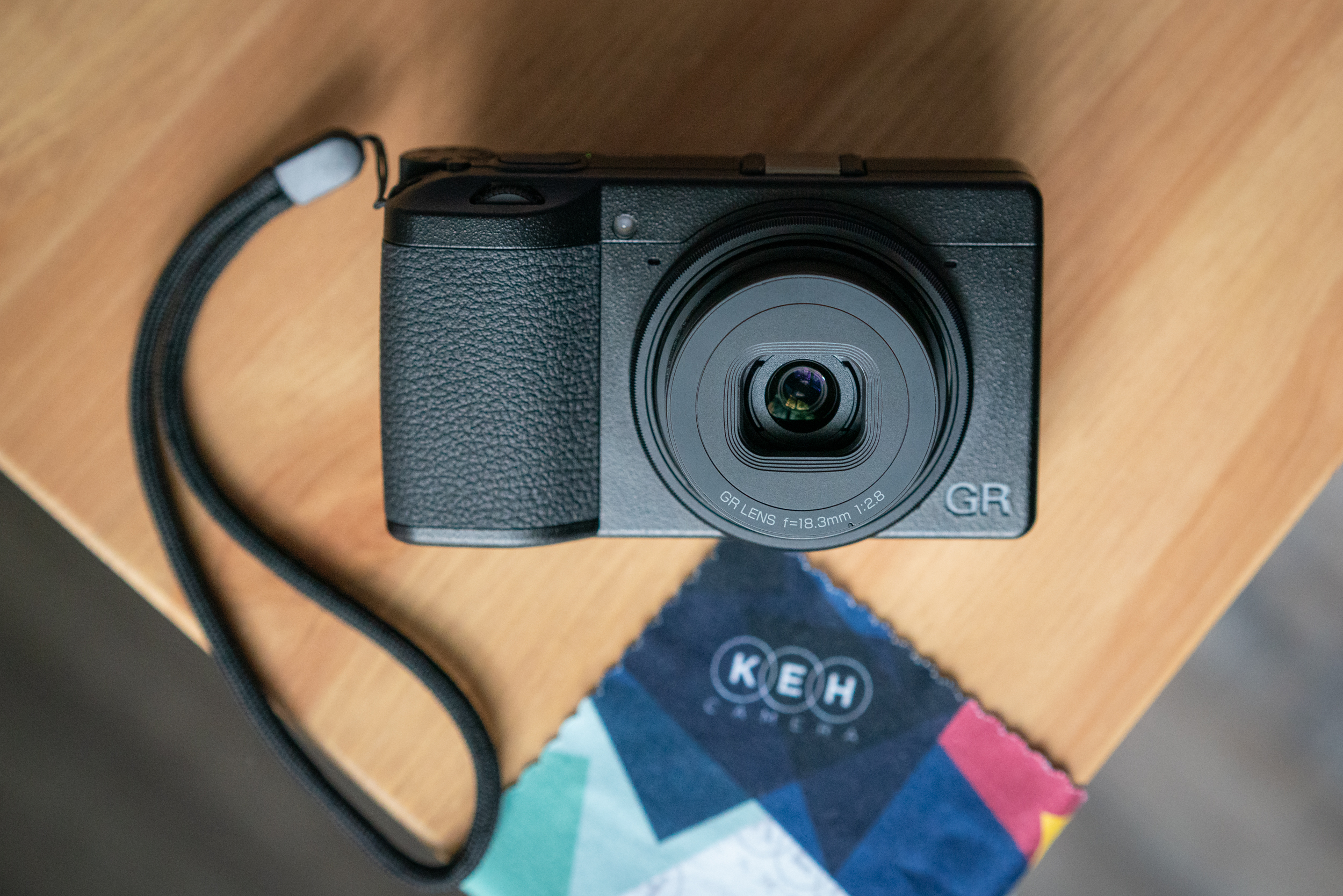
Previously, in this ongoing series on luxury compact fixed-lens cameras, I covered the Fujifilm X100F, the Sony RX1R, the Leica Q, the Ricoh GR II, and the Panasonic Lumix DMC-LX100.
Today, after a bit of a hiatus, we’re looking at the Ricoh GR III.
As per usual, before we get to the handling and shooting experience of the Ricoh GR III, let’s see if this camera fits the criteria.
Is it luxury?
Much like I said about the GR II, the GR III is a premium product, but I wouldn’t exactly call it luxurious. That’s not a knock against it—it’s utilitarian by design—it’s not meant to be flashy. If the GR III was a plane, it would probably be a stealthy spy drone. But it’s not a plane, nor a bird, it’s a super camera.
Is it compact?
Heck yeah, it is. It’s even smaller than the GR II, which was already the most pocketable APS-C camera on the market. Did it need to get smaller? Probably not, especially since it sacrificed a huge feature to do so. More on that later.
Is it fixed-lens?
You betcha. It sports a newly-redesigned 18.3mm f/2.8 lens, which is a 28mm full-frame equivalent on its 24-megapixel APS-C sensor (congrats on reading through all those hyphens.) The lens is the star of the GR III. It’s razor sharp, fast and can focus close enough to shoot macro. I’d put it up against any Leica glass, keeping in mind that it won’t cost you a full month’s wages.
Is it a camera?
I’d be lying if I said it wasn’t. And I’d never lie to you.
Handling the Ricoh GR III
What’s left to be said about holding a Ricoh GR? It’s just the best—so therapeutic. And luckily, the handling of the GR III is no different from its film and digital predecessors, with Ricoh designers largely opting for a “if it ain’t broke, don’t fix it” approach to the line. Put the GR III next to the original GR1 from 1996 and you’ll see the design aesthetic hasn’t changed much.

The GR III is still small, light, and sits comfortably in the hand. All the controls are easily accessible with your thumb and index finger. The magnesium-alloy body and rubber grip have a coating that’s rough enough that it won’t slip from your grasp, but just smooth enough to glide into a jean pocket with little resistance. All the buttons are easy to commit to memory and recognize by feel. They also provide good clicky haptic feedback for assured use.

But for as much as is the same, there’s a few key differences between the GR III and the previous model’s exterior, and the devil’s in the details. First off, the button layout on the back of the camera has changed slightly, as Ricoh chose to do away with some clutter, most notably the +/- buttons as well as the AE/AFL/AF-C switch. The four-way control pad now has a wheel around it, which you can assign to functions like controlling ISO.
Much to the excitement of smartphone users, the back screen is now touch-sensitive, adding extra functionality and intuitive controls. You can navigate menus and select focus points using your fingertips, which is nice. Ricoh also bumped up resolution, luminosity and size of the screen, making it all the better for framing on bright, sunny days or to carefully review your gorgeous pics.

The largest physical change is that they removed the pop-up flash. This, in my opinion, is an unforgivable compromise to the dubious missive of making the camera even smaller. I really loved the flash on the GR II and used it a lot. Sure, I could add an external flash to the GR III’s hotshoe, but that defeats the all-in-one, compact appeal of this type of camera. The GR III is the first GR camera with no built-in flash and frankly, I hope it’ll be the one and only.
Flash debacle aside, the GR III is close to perfect for my needs and is a joy to use. It handles great for everyday photography applications, offering me quick access to all its features. It’s so small and light, it practically goes everywhere with me.
The shooting experience
At this point, you can probably tell I generally like how the Ricoh GR III handles. And sure, the specs, size and ergonomics are all important factors to me, but the photos are the ultimate proof in the pudding.
The way I see it, the experience of shooting a camera is more important than just about everything else. And here’s how that relates to the quality of photos—if a camera is fun to use, it means I’ll take more pictures, and if I take more pictures, I’ll likely walk away with more keepers. With that in mind, I can happily say that I’ve loved the photos the GR III has allowed me to make.

Highlight-Weighted AE Metering is handy when you want to capture shots like this quickly
After customizing the camera to my personal preference, the Ricoh GR III has proven to be a really intuitive and responsive tool—a camera I don’t have to think about using. The autofocus is way snappier than it was on the GR II, and is more reliable than in the past. On the GR II, I mostly shot using the Snap Focus feature, which allows to set a predetermined focus distance, much how a rangefinder camera is set up for snap-shooting. I like that method, it allows me to act quickly and focus on framing. You can still use Snap Focus on the GR III, but now you can also rely on the Auto-Area AF to hit with accuracy in most conditions.

S.O.O.C. jpeg in a very dimly-lit bar @ f/2.8, 1/15 sec, 6400 ISO
The sensor is now stabilized, which opens up the option to shoot at lower shutter speeds. Coupled with the better ISO performance and increased AF accuracy in low light, the GR III is now something that I feel comfortable using in places I wouldn’t have used the GR II, like dimly-lit bars. Maybe those were the deciding factors when Ricoh opted to remove the flash, however, I’d still appreciate the option to add light to certain scenes. Truthfully, I mostly miss the flash for daytime use as fill.

I’ve always loved the color rendering on the digital GRs, and the latest tweaks on the GR III don’t disappoint. I love the Positive Film preset for JPEGs, and even when shooting RAW, I like to keep it equipped on my screen—it’s just my preferred way of seeing the world. Also worth noting, I rarely shoot in black and white, but the Hi-Contrast B&W preset offers a contrast-heavy, grainy film look that’s hard to resist in artificial or mixed lighting situations.

You can shoot fast-moving objects easily, but you have to be close to the action
For fast-moving action, the GR III is only decent. They bumped up the frames-per-second in continuous mode to about 4.3, but the buffer fills up pretty quickly. For most everyday needs, this isn’t an issue, but if you shoot in spray-and-pray mode, it may be a downside. Although, if you shoot sports or wildlife using that method, I imagine the 28mm focal length might be a bigger disadvantage than the buffer filling up, because you have to be pretty darn close to your subject.

With close-focusing capabilities, it’s even possible to do macro, if your subject doesn’t run away first.
I don’t shoot video with the GR III, but it has decent specs that I won’t take the time to dive into because people generally don’t use cameras like this for serious video applications. Just know that if something amazing is happening in front of you, and you really need to capture video, the GR III will do a decent job—it’s just not what it was built to do.
Final thoughts
I’ve been using the Ricoh GR III since last November and it’s become my favorite everyday-carry camera. You can’t beat this size-to-performance ratio. I even considered making it my only camera for a hot minute when I was thinking of downsizing. If it wasn’t my job to use everything new that comes through KEH’s doors, I probably could live with just one of these in my pocket.
If you’re a street photographer, this is one of the better options on the market—a no-brainer. But also, if you’re just someone looking for a pocketable camera with much better image quality than your phone, the GR III makes a lot of sense. Additionally, I’d also recommend the Ricoh GR III to any kitted-up photographer that simply wants to have a small camera on the side to shoot for fun.
Here’s some more shots taken with the Ricoh GR III:










Here’s a short video of me using the Ricoh GR III to work a seemingly unassuming scene:

